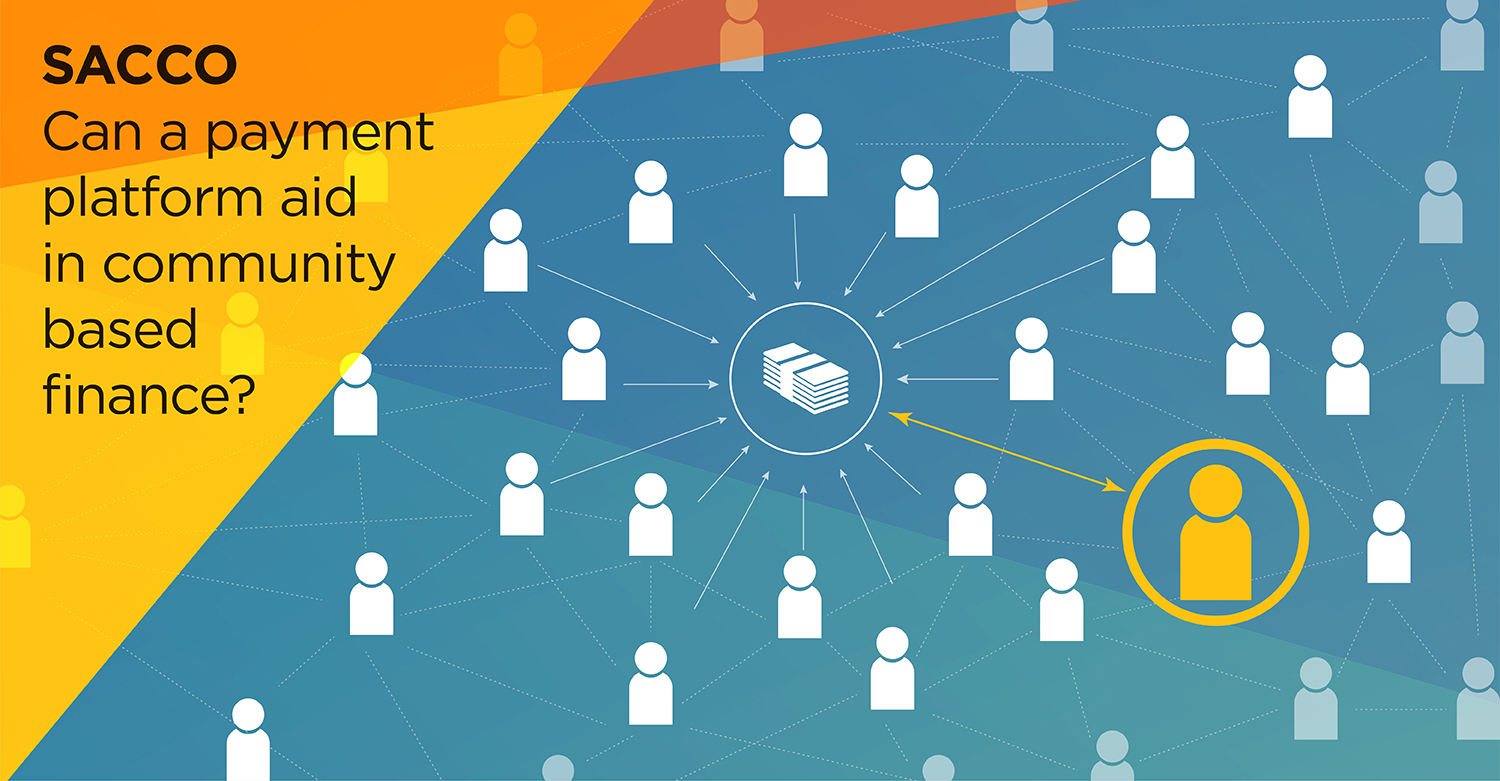
Kevin is from Kenya. He is a man of limited means, and has no major savings or assets. He wants to set up a furniture business, and needs a loan.
However, he is a little too intimidated by banks. He doesn’t satisfy all the requirements that banks need to be able to give him a loan. Banks give him no flexibility over when to repay the loan. Plus, loans are too expensive and stressful. He also doesn’t want to go to moneylenders, because he doesn’t trust them.
Enter the world of SACCOs (Savings And Credit Cooperative Organisations).
He goes to the office of the nearest SACCO to get an application form (or downloads one over the Internet), fills it out with his details, submits a few basic documents, pays up an amount towards his share of ownership of the SACCO, and becomes a member. To be eligible for a loan, he must now be a member of the SACCO for a stipulated time. But he can wait. Because enrolling in a SACCO now also means he has started having some fiscal discipline; he has started the habit of saving.
What is a SACCO?
A SACCO (Savings And Credit Cooperative Organisation) is a member-based financial service institution. It is a self-help organisation by way of which groups of people pool in their savings and provide loans to these very members.
In 2014, a United Nations’ Global Census on Co-operatives said there were over 200,000 banking/credit cooperatives in the world, with 700 million members1.
This mind-boggling number tells us a little about the significance of credit unions/cooperatives in the world. SACCOs (also referred to as Credit Unions) were invented in Germany in 18462, and continue to be popular in Europe, Canada and the US, apart from the African continent. World over, these societies were born out of the need to lift people out of poverty.
Savings groups and cooperatives are an effective way to reach the unbanked. SACCOs are mostly registered and regulated organisations, run by professional management teams. Some have restricted membership, and some are open to everyone.
Members who join a SACCO are required to buy a few shares – thus, each member becomes an owner of the cooperative. A minimum monthly contribution is also mandatory. Interest is paid on these savings.
SACCOs help people save and invest, and raise capital for their needs. The aggregated savings are used to give out loans to members. These loans may be working capital loans (for income-generating activities), loans for provident purposes (weddings, children’s education, etc.) or emergency loans.
The secret sauce of why a SACCO is so successful and sought-after as an alternative banking channel is that it leverages the strength of the local community. These services have succeeded in markets like Africa because of their convenience, and because of the fact that their business models are built upon the foundation of local communities.
Industry/market data/statistics
SACCOs are popular in African countries (Kenya, Uganda, South Africa and Malawi, to name a few). SACCOs have 14 million3 members in Kenya, with Ksh 600 billion in deposits and Ksh 800 billion in assets. In Uganda, over 520,000 adults in 2013 were SACCO members. As per AMFIU’s (Association of Microfinance Institutions of Uganda)2016 report4, there were 2,000 MFIs and SACCOs in Uganda.
In the 2016 FinAccess survey conducted in Kenya, 66.4% adults use savings/deposit instruments. This includes MFIs, SACCOs and bank accounts. 48.7% said they need to save for day-to-day expenses. The most common sources of formal credit were found to be SACCO loans and mobile bank account loans. The same survey also showed that SACCOs are among the most trusted financial service providers. Interestingly, mobile financial services are also highly trusted as a channel for financial services.
Digitizing SACCOs
Given the level of comfort that people have with mobile financial services, and given that SACCOs form an important mode of savings/credit for unbanked sections of the population, it would be wise to marry the two.
Added to this is the fact that Africa is a huge market for mobile financial services, since banking penetration is low and mobile adoption is high. Considering that the world’s biggest mobile money player, m-Pesa, was born in Africa, there is a lot of scope for different kinds of mobile financial services to succeed here.
Digitizing SACCOs makes transactions paperless, simpler and more transparent. It cuts costs for the SACCO itself, while also expanding the target segment to people who are not physically present in the country where the SACCO is operating. In fact, using new-age digital channels for SACCOs might also attract a younger use base, thus inspiring youth to save more.
Implementing these financial transactions through mobile money also means borrowers do not have to spend productive man hours in the process of travelling to physically collect or repay cash. Sometimes, there is also risk involved in handling physical cash.
This is where OBOPAY’s Evolys solution can transform lives. The Evolys platform has the ability to integrate with SACCOs and similar group savings models and take them to the digital dimension. Members can have digital money accounts, and can contribute their deposit amounts to the SACCO’s digital wallet. Loans can be requested through the application, and once approved, they can also be disbursed via mobile money transfer. Similarly, members can repay loans through mobile payments. There can also be more products added to the mix, as shown in the diagram below.
OBOPAY, already having a strong presence in the African continent, powers 12% of the world’s daily transactions, making a difference to millions of lives. With a SACCO product included in its solutions suite, the organisation is poised to welcome this global financial movement into the new millennium and empower the unbanked citizen further.
References
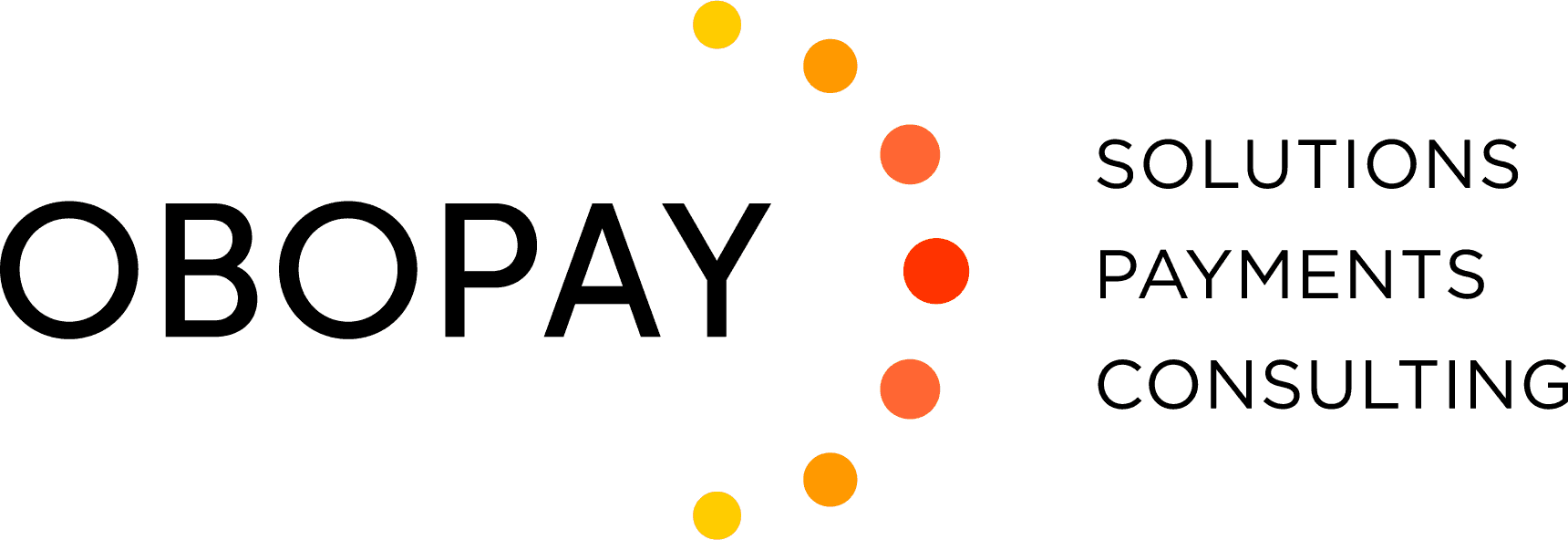






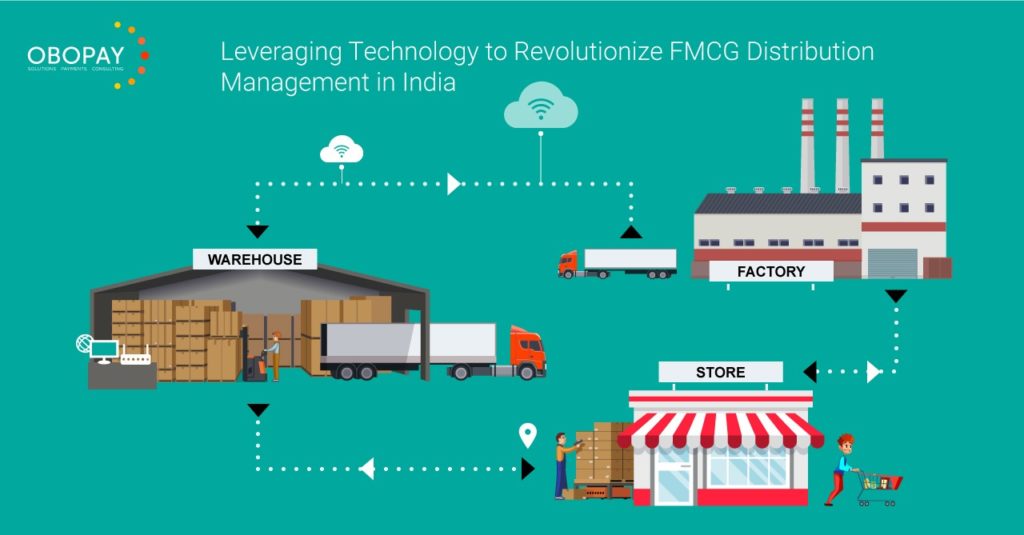
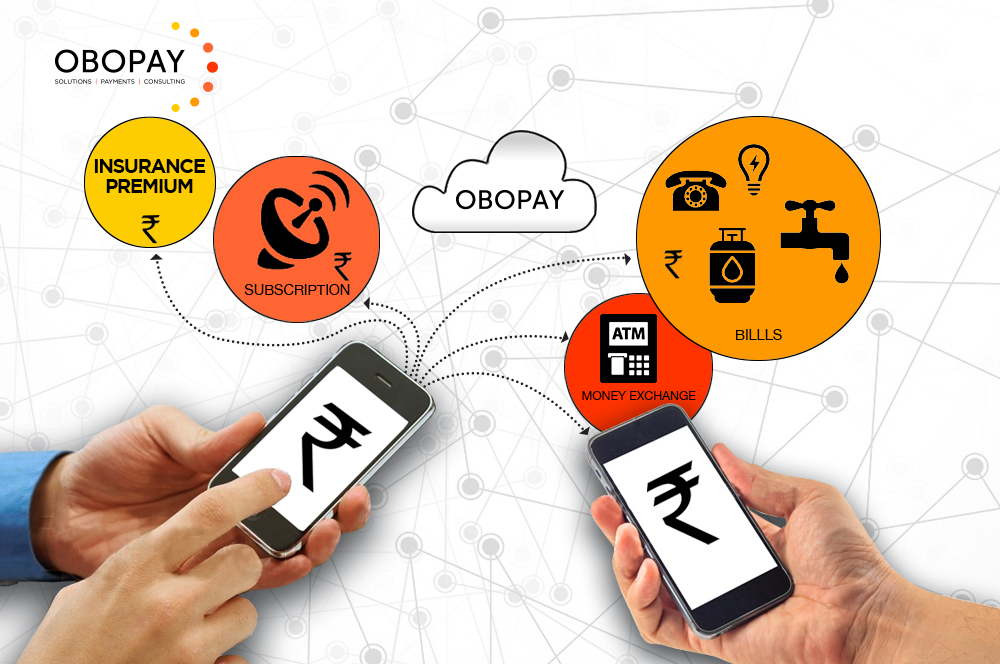
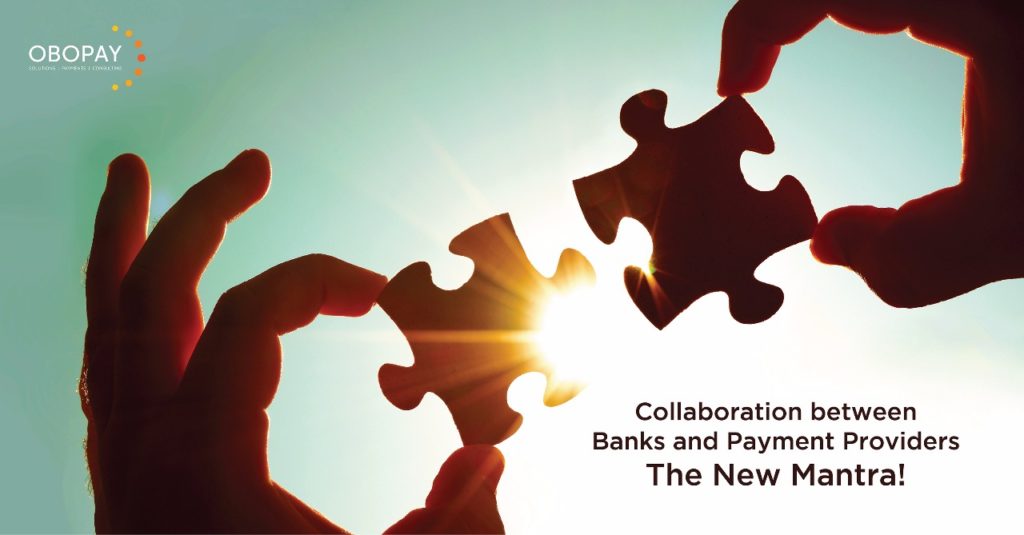
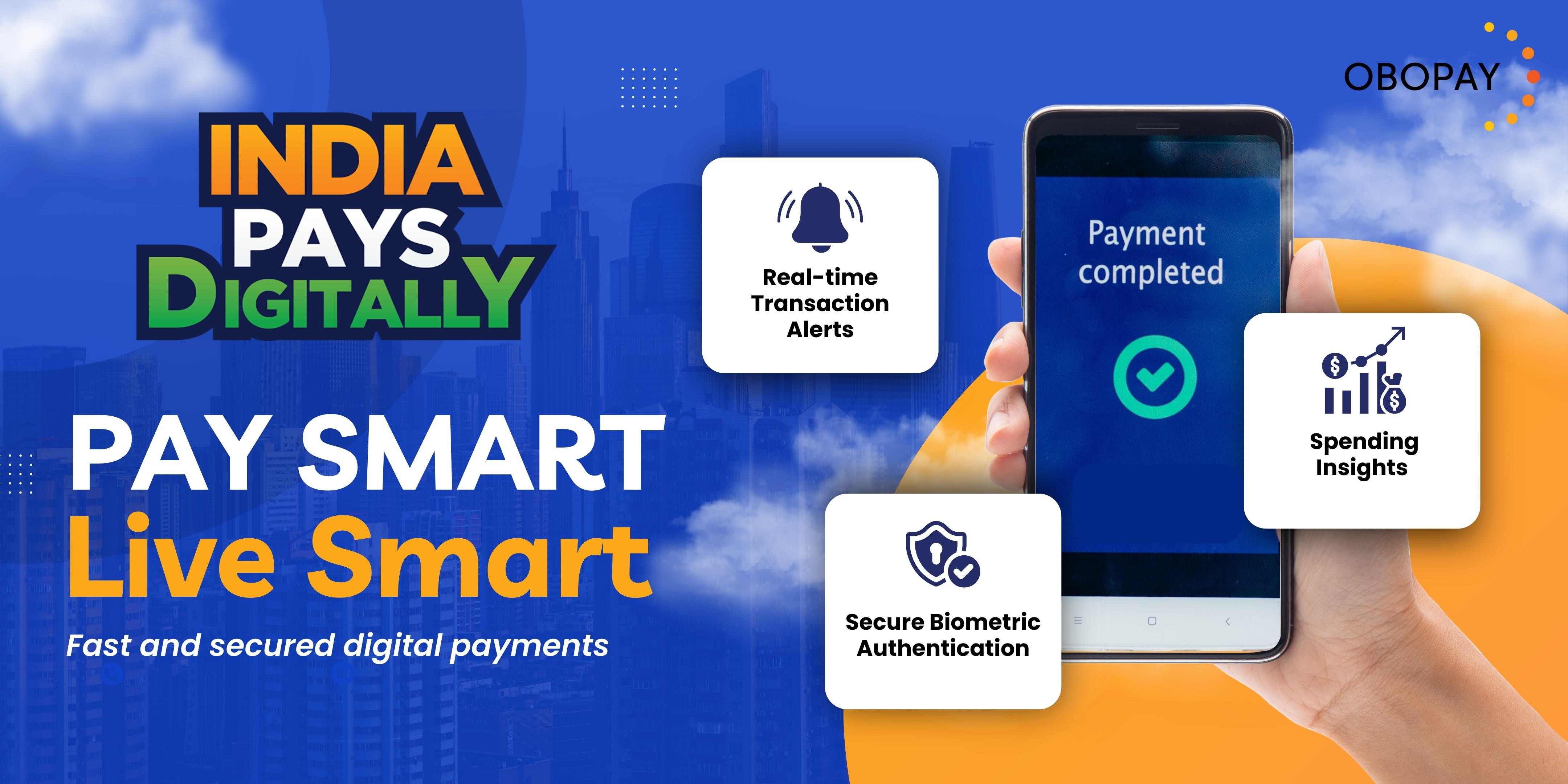
About The Author: Obopay
More posts by Obopay